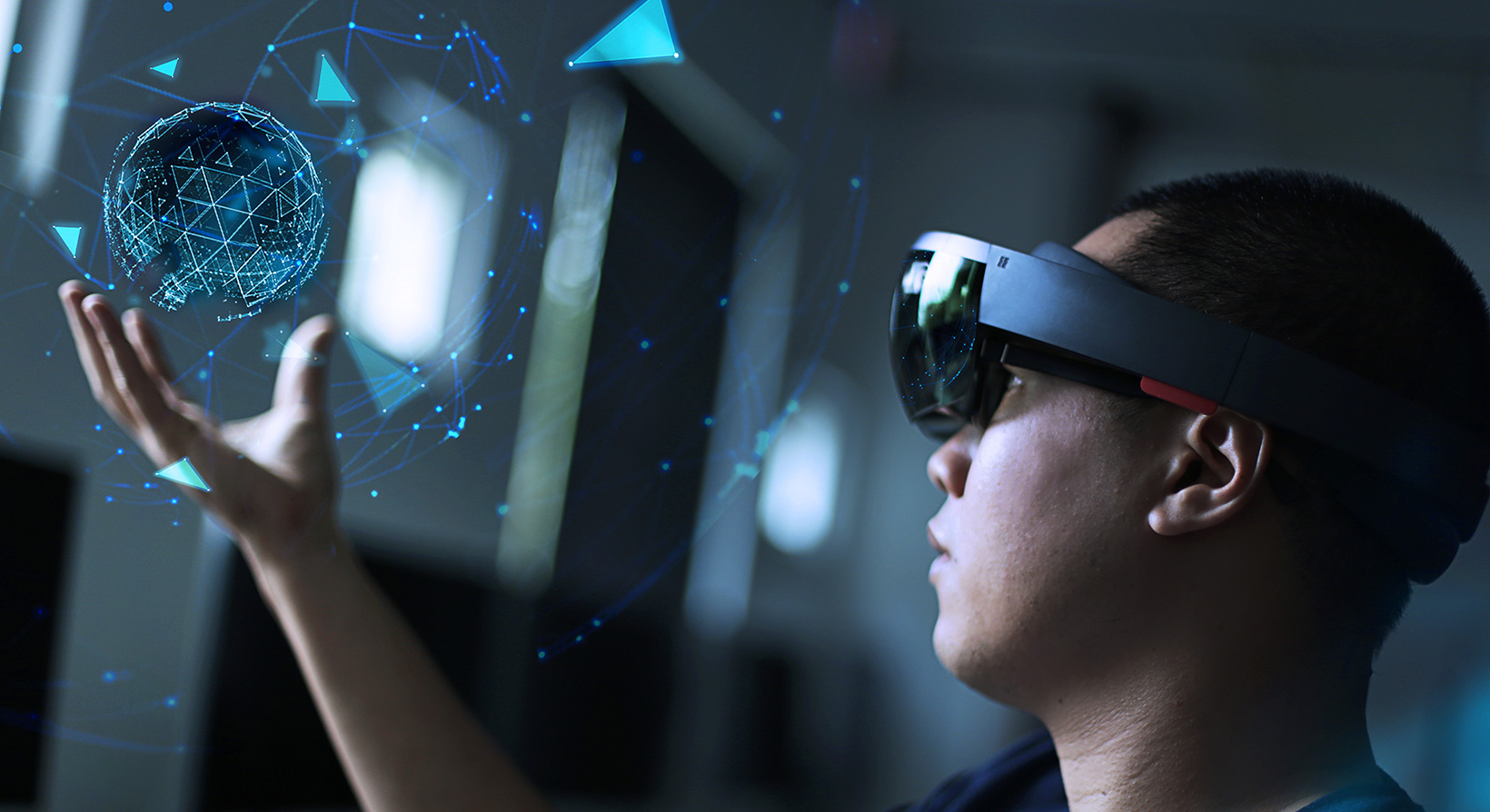
The Future Of Virtual Reality (VR)
You might think you’ve experienced VR, and you might have been pretty impressed. Particularly if you’re a gamer, there are some great experiences to be had out there (or rather, in there) today.
But over the next few years, in VR, as in all fields of technology, we’re going to see things that make what is cutting-edge today look like Space Invaders. And although the games will be amazing, the effects of this transformation will be far broader, touching on our work, education, and social lives.
Today’s most popular VR applications involve taking total control of a user’s senses (sight and hearing, particularly) to create a totally immersive experience that places the user in a fully virtual environment that feels pretty realistic.
Climb up something high and look down, and you’re likely to get a sense of vertigo. If you see an object moving quickly towards your head, you’ll feel an urge to duck out of the way.
Very soon, VR creators will extend this sensory hijacking to our other faculties – for example, touch and smell – to deepen that sense of immersion. At the same time, the devices we use to visit these virtual worlds will become cheaper and lighter, removing the friction that can currently be a barrier.
I believe extended reality (XR) – a term that covers virtual reality (VR), augmented reality (AR), and mixed reality (MR) – will be one of the most transformative tech trends of the next five years. It will be enabled and augmented by other tech trends, including super-fast networking, that will let us experience VR as a cloud service just like we currently consume music and movies. And artificial intelligence (AI) will provide us with more personalized virtual worlds to explore, even giving us realistic virtual characters to share our experiences with.
VR in education and training
VR is already making great inroads into education, with a large number of startups and established companies offering packaged experiences and services aimed at schools. Engage’s platform is used by the likes of Facebook, HTC, and the European Commission to enable remote learning. And one study published in 2019 found that medical students trained using VR were able to carry out certain procedures quicker and more accurately than peers trained using traditional methods.
These new methods of teaching and learning will become increasingly effective as new technologies emerge. One that is likely to make waves is the Teslasuit, which uses a full-body suit to offer haptic feedback, enhancing the immersion through the sense of touch. It also offers an array of biometric sensors enabling the user’s heartbeat, perspiration, and other stress indicators to be measured. The suit is already used in NASA astronaut training, but its potential uses are unlimited.
For training, it could be used to safely simulate any number of hazardous or stressful conditions and monitor the way we respond to them. For example, Walmart has used it to train retail staff to work in Black Friday situations, instructing them on how to best to operate in busy shop environments with long queues of customers.
As well as training us for dangerous situations, it will also drastically reduce the financial risks involved with letting students and inexperienced recruits loose with expensive tools and machinery in any industry.

Leave a Reply